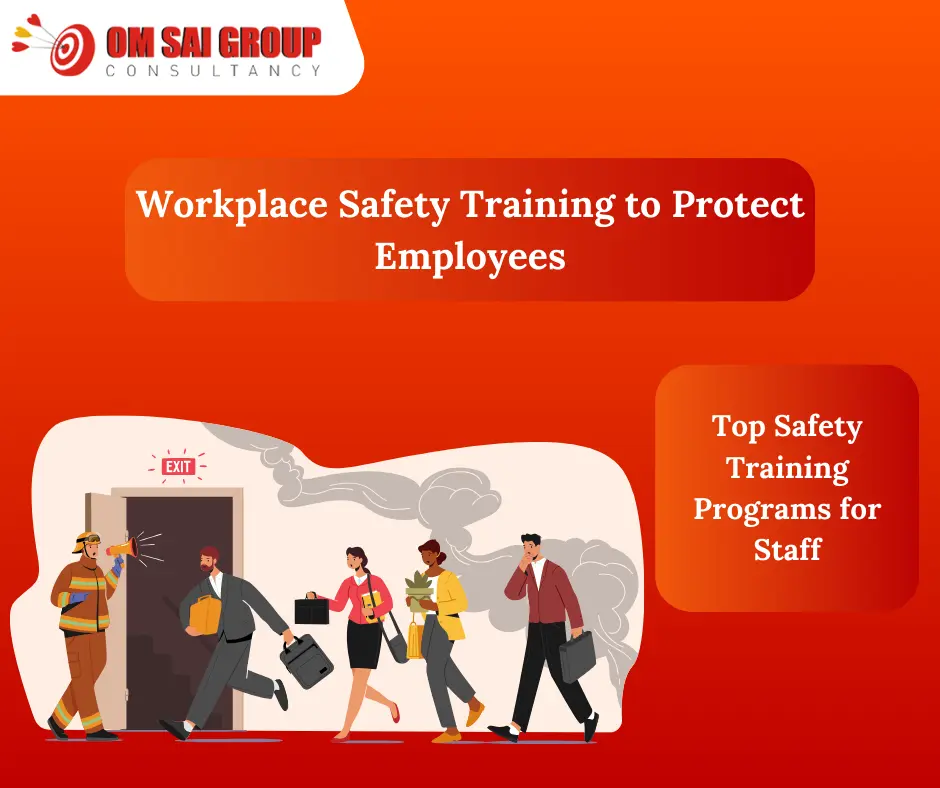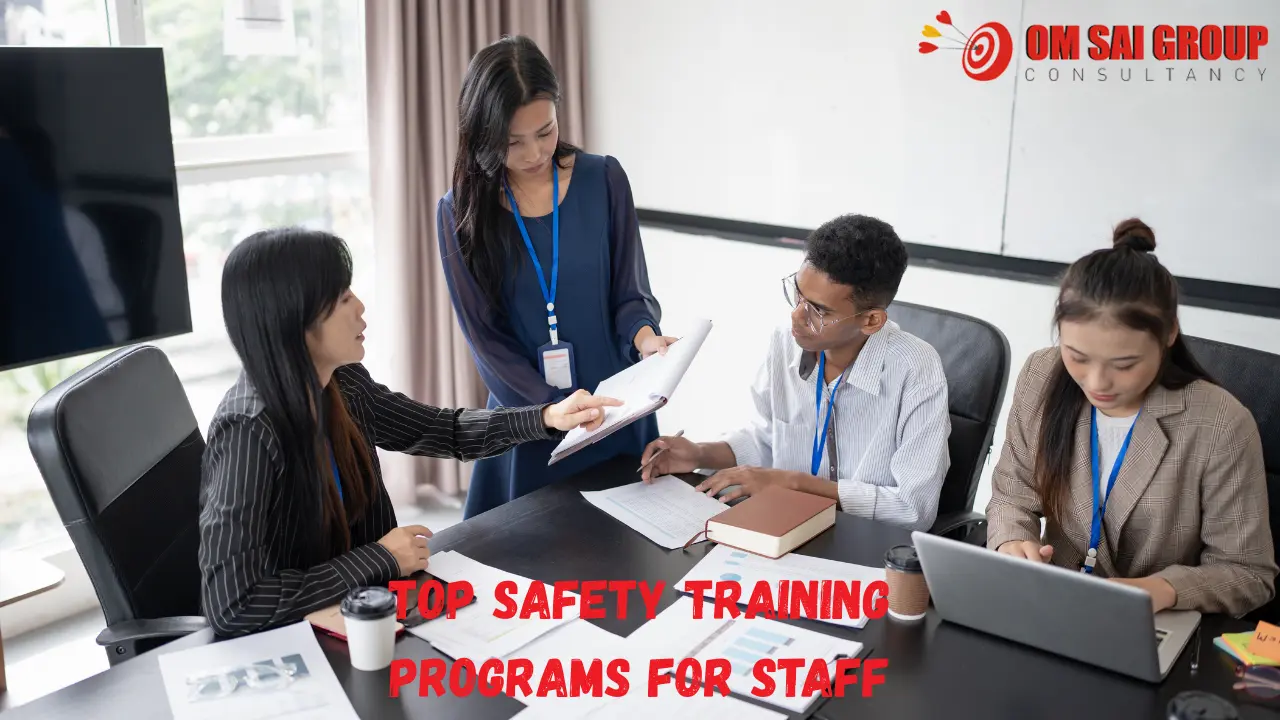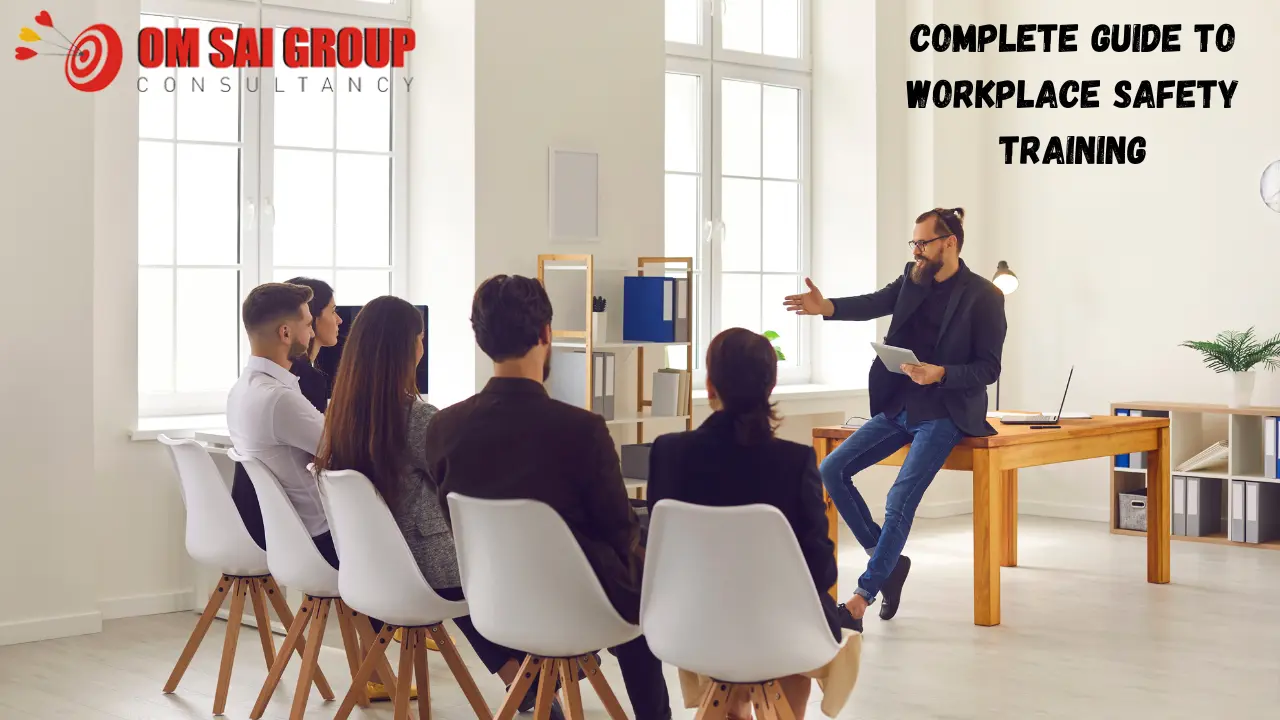
Building a Culture of Protection in the Modern Workplace Safety Training
In our hyper-connected, high-speed corporate worlds today, where productivity is being pursued at breakneck velocities, one thing stands above all others—”workplace safety training”. Above lists of compliance and requirements driven by regulations, workplace safety is an issue of human decency. Employees’ health and security are not merely matters of operational efficiency; they are moral obligations and business strategic benefits.
Why Ignoring Safety Protocols is Costlier Than You Think
A hazard-filled workplace is a liability. Full stop. Placement Service
From inattention in steps taken to accidental mishaps in the workplace to major industrial disasters, the consequences of neglecting safety training in the workplace can be both costly and fatal. The International Labour Organization estimates that more than 2.3 million individuals across the globe die from work-related injuries or illness each year. That’s over 6,000 daily deaths. The price tag? Estimated at 4% of world GDP.
Take a moment now to envision the reputational harm, legal consequences, business downtime, and human casualties that follow a critical workplace accident. One gap in your training in safety in the workplace could be the trigger that brings about an irreversible catastrophe.
And that is where the chance resides.
Spark Interest — Why Workplace Safety Training Deserves Strategic Priority
Workplace safety training is no longer a voluntary HR function confined to biennial seminars or onboarding agendas. It’s become an integral part of organizational resilience and business continuity planning. As the adoption of AI-driven integration, robotics, and blended workforces increases, conventional safety training paradigms are being revolutionized. Today’s safety curriculum includes mitigating cyber risks, mental health programs, ergonomic training for remote employees, and crisis management simulations.
Good “workplace safety training” is no longer a matter of mere fire drills and hard hats. It’s about readying workers for hazards both physical and psychological—anything from faulty machinery to stress-borne burnout, from cyberattacks to chemical handling.
Organizations that integrate safety into the fabric of their organizational design reap:
- Improved employee morale
- Less absenteeism
- Increased productivity
- Lower insurance premiums
- Boosted corporate reputation
Not only do highly trained workers perform with confidence, but they also serve as sentinels, guarding the company against internal oversights and external dangers.
Safety Is Everyone’s Responsibility Workplace Safety Training
Safety has to trickle down from the boardroom to the breakroom. All staff, from C-suite leaders to new recruits, have a critical role. Leaders need to lead by example and foster an environment where safety is not to be feared but welcomed as empowerment.
When companies approach safety training at workplace as an integral aspect of leadership development rather than mere compliance, employees tend to absorb and honor its intent. This changes attitudes from “I have to do this” to “I want to do this for my own safety and the safety of others.”

Fueling Desire — The Benefits of Structured Workplace Safety Training
Let’s analyze the sound rationale for a structured, step-by-step process for training on workplace safety as the best way forward. Staffing solutions
1. Risk Identification and Assessment
As a prelude to the initiation of any training program, an organization first needs to comprehend its specific risk profile. This includes:
- Carrying out site-specific hazard analysis
- Analyzing historical accident statistics
- Pinpointing susceptible job functions
- Determining the effects of environmental, ergonomic, or psychological stressors
Knowing where the hazards are permits specialized training solutions rather than blanket lectures employees forget by Friday.
2. Role-Specific Training Modules
The second is customization.
Warehouse workers require forklift safety guidelines. IT staff require cybersecurity training. HR staff must be well-trained to manage mental health emergencies. Proper safety training on the job solves the particular dangers each department encounters.
Tailored training is more interactive, applicable, and effective. It equips employees with actionable insights that help in their day-to-day roles, leading to better retention and real-world application
3. Scenario-Based Learning and Simulations
People learn from experience more effectively than from theories. Adding real-world scenarios, game-based learning, and simulation-based training can enhance retention levels by more than 70%. These modules:
- Mimic real dangers in a safe environment
- Encourage more effective decision-making under stress
- Train staff to respond calmly and quickly in emergencies
Drills for fires, walk-throughs for evacuation, simulations for chemical spills, phishing email recognition exercises—all develop muscle memory and psychological readiness.
4. Incorporation of Digital Tools and E-Learning
Digitization has revolutionized learning safety. E-learning platforms facilitate on-demand access to workplace safety training, which is scalable and uniform across several locations. They include:
- Interactive video modules
- Mobile-friendly safety checklists
- Virtual reality (VR) training for hazardous environments
- Immediate monitoring of training completion and evaluation
For remote or hybrid teams, electronic tools provide continuity and equity in safety instruction.
5. Continuous Learning and Refresher Programs
Single sessions will not do. Refreshers are essential to overcome forgetfulness and keep up with emerging hazards.
Schedule quarterly updates, monthly tool-box talks, or bi-annual reviews. Build feedback loops and incident reports to continuously improve training over time. Safety training culture in the workplace grows with repetition and instant responsiveness.
6. Documentation and Compliance
Compliance to regulations is not bureaucratic red tape—it’s your safety net when someone scrutinizes you.
Keep detailed records of all training, safety inspections, employee signatures, and compliance checklists. This creates accountability and offers protection in the event of audits, inspections, or litigation.
Electronic storage of this information increases transparency and makes it easier to report.
A Call to Action — Make Safety a Strategic Imperative Workplace Safety Training
Companies that truly believe in workplace safety training don’t view it as a cost—they view it as an investment. An investment in people, productivity, and protection.
Each incident avoided saves time, dollars, and most of all, lives. Each empowered employee becomes a guardian of the company’s future. Every hour invested in quality safety training at workplace programs pays dividends in resilience and peace of mind. manpower Service
Don’t wait for something to happen as your wake-up call. The price of doing nothing is much higher than the cost of being prepared.

Practical First Steps for Implementation
Audit your existing safety procedures.
Find out where there are gaps, particularly in vulnerable or forgotten spaces.
Involve cross-functional teams.
Draw on operations, HR, IT, and facilities to design a 360-degree training program.
Spend money on expert training.
Don’t just use internal guides. Call in certified experts where necessary.
Utilize digital infrastructure.
Make training accessible, measurable, and scalable to your organization.
Celebrate safety.
Reward teams and individuals who prioritize safety best practices.
Final Thought — Protect What Powers Your Business
Your employees are your most valuable asset. Getting them protected by strong training on workplace safety isn’t just a good idea—it’s necessary. Whether you operate a factory, a warehouse, an IT office, or a building site, proactive and specific safety training at workplace is the first line of defense against the unexpected.
Do it not only because you must. Do it for conscience. For culture. For continuity. recruitment Agencies
When workers feel safe, they don’t merely survive—they thrive. And when a business prioritizes safety as its core, it creates a future that is profitable and principled.
